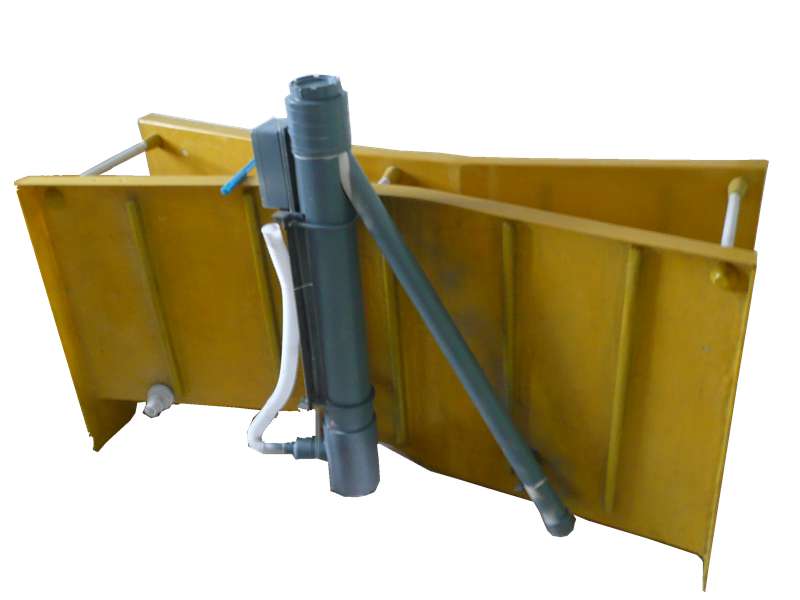
-
 Afrikaans
Afrikaans -
 Albanian
Albanian -
 Amharic
Amharic -
 Arabic
Arabic -
 Armenian
Armenian -
 Azerbaijani
Azerbaijani -
 Basque
Basque -
 Belarusian
Belarusian -
 Bengali
Bengali -
 Bosnian
Bosnian -
 Bulgarian
Bulgarian -
 Catalan
Catalan -
 Cebuano
Cebuano -
 China
China -
 China (Taiwan)
China (Taiwan) -
 Corsican
Corsican -
 Croatian
Croatian -
 Czech
Czech -
 Danish
Danish -
 Dutch
Dutch -
 English
English -
 Esperanto
Esperanto -
 Estonian
Estonian -
 Finnish
Finnish -
 French
French -
 Frisian
Frisian -
 Galician
Galician -
 Georgian
Georgian -
 German
German -
 Greek
Greek -
 Gujarati
Gujarati -
 Haitian Creole
Haitian Creole -
 hausa
hausa -
 hawaiian
hawaiian -
 Hebrew
Hebrew -
 Hindi
Hindi -
 Miao
Miao -
 Hungarian
Hungarian -
 Icelandic
Icelandic -
 igbo
igbo -
 Indonesian
Indonesian -
 irish
irish -
 Italian
Italian -
 Japanese
Japanese -
 Javanese
Javanese -
 Kannada
Kannada -
 kazakh
kazakh -
 Khmer
Khmer -
 Rwandese
Rwandese -
 Korean
Korean -
 Kurdish
Kurdish -
 Kyrgyz
Kyrgyz -
 Lao
Lao -
 Latin
Latin -
 Latvian
Latvian -
 Lithuanian
Lithuanian -
 Luxembourgish
Luxembourgish -
 Macedonian
Macedonian -
 Malgashi
Malgashi -
 Malay
Malay -
 Malayalam
Malayalam -
 Maltese
Maltese -
 Maori
Maori -
 Marathi
Marathi -
 Mongolian
Mongolian -
 Myanmar
Myanmar -
 Nepali
Nepali -
 Norwegian
Norwegian -
 Norwegian
Norwegian -
 Occitan
Occitan -
 Pashto
Pashto -
 Persian
Persian -
 Polish
Polish -
 Portuguese
Portuguese -
 Punjabi
Punjabi -
 Romanian
Romanian -
 Russian
Russian -
 Samoan
Samoan -
 Scottish Gaelic
Scottish Gaelic -
 Serbian
Serbian -
 Sesotho
Sesotho -
 Shona
Shona -
 Sindhi
Sindhi -
 Sinhala
Sinhala -
 Slovak
Slovak -
 Slovenian
Slovenian -
 Somali
Somali -
 Spanish
Spanish -
 Sundanese
Sundanese -
 Swahili
Swahili -
 Swedish
Swedish -
 Tagalog
Tagalog -
 Tajik
Tajik -
 Tamil
Tamil -
 Tatar
Tatar -
 Telugu
Telugu -
 Thai
Thai -
 Turkish
Turkish -
 Turkmen
Turkmen -
 Ukrainian
Ukrainian -
 Urdu
Urdu -
 Uighur
Uighur -
 Uzbek
Uzbek -
 Vietnamese
Vietnamese -
 Welsh
Welsh -
 Bantu
Bantu -
 Yiddish
Yiddish -
 Yoruba
Yoruba -
 Zulu
Zulu
frp absorber
Understanding FRP Absorbers Applications and Benefits
Fiber-Reinforced Polymer (FRP) absorbers have emerged as a pivotal component in the modern landscape of engineering and environmental management. Renowned for their superior strength-to-weight ratio and excellent corrosion resistance, these materials provide innovative solutions in various fields, including construction, transportation, and waste management. This article delves into the significance, applications, and advantages of FRP absorbers.
What Are FRP Absorbers?
FRP absorbers are composite materials composed of a polymer matrix reinforced with fibers, typically glass, carbon, or aramid. This combination lends FRP attributes that are not only lightweight and durable but also able to absorb sound and vibrations effectively. The unique properties of FRP make it an ideal choice for applications requiring resilience against environmental factors and mechanical stress.
Applications of FRP Absorbers
FRP absorbers can be found in multiple domains
1. Construction In civil engineering, FRP materials are used to create noise barriers, which serve to mitigate sound pollution in urban areas. These barriers are strategically placed alongside highways and railway tracks to absorb noise, providing a quieter environment for residential areas.
2. Transportation The automotive and aerospace industries leverage FRP absorbers to improve the acoustic comfort of vehicles. By incorporating these materials into the design of cars and aircraft, manufacturers can minimize noise from engines and external environments, enhancing the overall user experience.
3. Environmental Management In waste treatment facilities, FRP absorbers are employed to manage noise generated from operations. Their ability to absorb sound waves effectively helps in complying with environmental regulations and improving the quality of life for nearby communities.
4. Industrial Applications FRP absorbers are also utilized in industrial settings where machinery operates at high decibel levels. The placement of FRP materials around equipment can significantly reduce noise, ensuring a safer and more comfortable working environment.
frp absorber

Advantages of FRP Absorbers
The utilization of FRP absorbers presents numerous benefits that underline their growing popularity
1. Lightweight One of the standout characteristics of FRP is its lightweight nature. This feature simplifies transportation and installation, translating into cost savings in labor and logistics.
2. Durability FRP materials boast excellent resistance to corrosion, fatigue, and wear. Unlike traditional materials, FRP is not subject to degradation from environmental factors like moisture, making it a long-lasting solution.
3. Design Flexibility FRP allows for greater design freedom. Engineers can mold these materials into complex shapes and sizes, ensuring that they fit seamlessly into a variety of applications without compromising performance.
4. Sustainability With increasing emphasis on sustainable practices, FRP absorbers can contribute to greener solutions. Their longevity reduces the need for frequent replacements, minimizing waste and resource consumption over time.
5. Cost-Effectiveness Although the initial investment in FRP materials might be higher than traditional options, the long-term savings due to their durability and low maintenance needs can offset the initial costs, making them a financially sound choice.
Conclusion
FRP absorbers represent a significant advancement in material technology, offering effective solutions for noise reduction and vibration control across a wide range of applications. Their unique combination of lightweight construction, durability, and design flexibility positions them as a preferred choice for engineers and designers alike.
As industries increasingly seek sustainable and innovative solutions, the role of FRP absorbers will continue to grow, paving the way for enhanced acoustic environments and improved quality of life in urban and industrial settings. The future of noise and vibration management appears promising, thanks to the capabilities of Fiber-Reinforced Polymer absorbers.
Latest news
-
Exploring the Benefits of Top Hammer Drifter Rods for Enhanced Drilling PerformanceNewsJun.10,2025
-
High-Precision Fiberglass Winding Machine for GRP/FRP Pipe Production – Reliable & Efficient SolutionsNewsJun.10,2025
-
FRP Pipes & Fittings for Shipbuilding - Corrosion-Resistant & LightweightNewsJun.09,2025
-
Premium FRP Flooring Solutions Durable & Slip-ResistantNewsJun.09,2025
-
Premium Fiberglass Rectangular Tanks Durable & Lightweight SolutionNewsJun.09,2025
-
Tapered Drill String Design Guide Durable Performance & UsesNewsJun.09,2025









